If your concept of amenities at a planned community is still fairways, greens and the required pool, then think again.
By Camilla McLaughlin
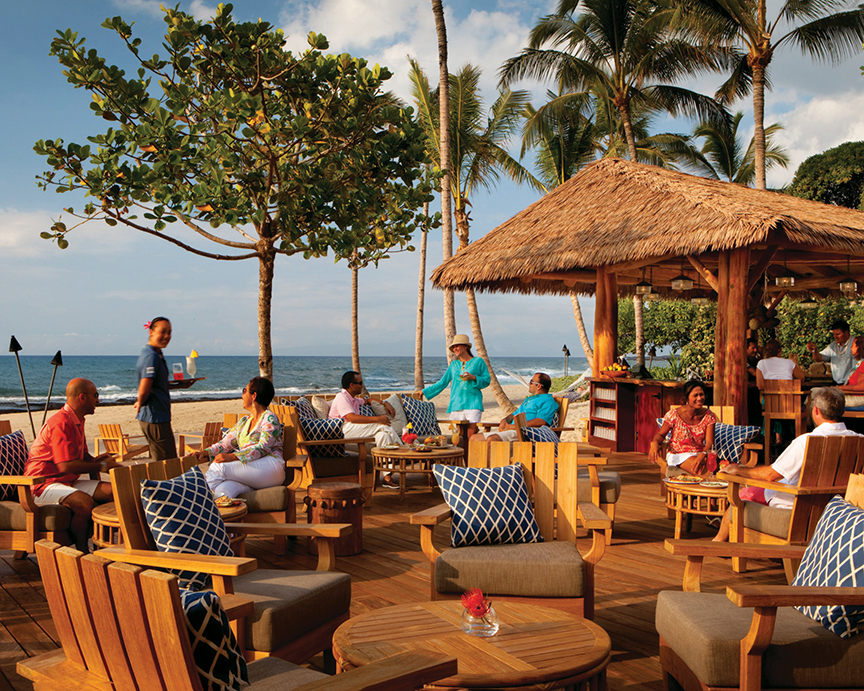
Planned communities used to be about houses; today the story is all about amenities. Communities now offer a huge range of activities, extensive programming and perhaps a canine ambassador or two. Ice skating rinks (even in Florida), recording studios, climbing walls, competitive biking centers, and museums with artifacts unearthed on site are only a few over-the-top features you’ll discover in master planned communities (MPCs) today. Still looking for more? Try zip lines, tree houses, trails, on-site farms, gun and polo clubs, children’s camps and activity directors.
“Amenities are changing. Some things are becoming more important and others less important,” says Ed McMahon, senior resident fellow at the Urban Land Institute. “If you look at communities over the years, you can see the evolution. You have a 60s version, a 70s version, right up to the present day. They are all different.”
Gaining momentum is what McMahon describes as an “ongoing shift in infrastructure amenities, from hard infrastructure to soft infrastructure.” Classes, concerts, gardening sessions, cooking events, farmers’ markets, and walking to school buses are becoming some of the most desired amenities.
Another fast-growing “must have” are outdoor amphitheaters for performances and concerts. “Programming has become a differentiator for communities,” says Scott Jones, senior vice president for master developer Newland Communities, which has piloted more than 40 master planned communities nationwide. The growing number of splashy extras might seem like a marketing ploy, but experts say it’s more than an elaborate game of one upmanship. Instead, whether potential homeowners are millennials or downsizers, it’s all about lifestyle.
Community, wellness, the arts and sustainability all matter to consumers today. “It’s not a marketing exercise to put in a clubhouse and a pool, because that’s what people want nearby. It’s what people are looking for and how they want to live their lives,” says Jones.
Quite often, too, depending on the climate, the modest resort pool has morphed into a large landscape of water features and multiple pools, some with beach entries, designed to meet varied needs.
More than anything else, a desire for connection is shaping MPCs, and creating opportunities for interaction determines every aspect, from building and landscape design to the inclusion of retail spaces and town centers. “The recurring theme is people are longing to connect more socially. That’s what people want,” says Scott Adams, a senior principal with Bassenian Lagoni Architects, whose portfolio includes a global roster of community designs.
“Amenities in general are a catalyst for the social element in the community. Whether that be a trail, clubhouse or a coffee shop, the purpose is to bring people together,” says Jones.
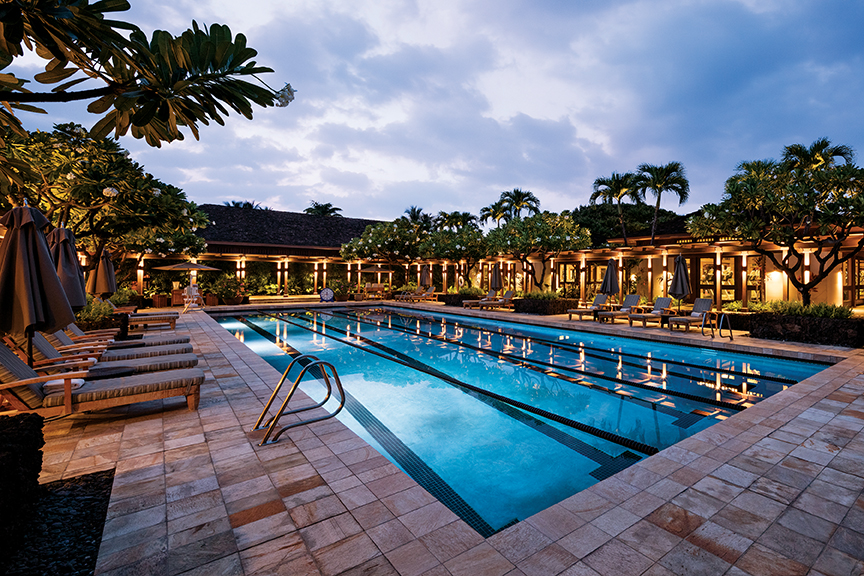

Photos Courtesy of Hualalai Resort

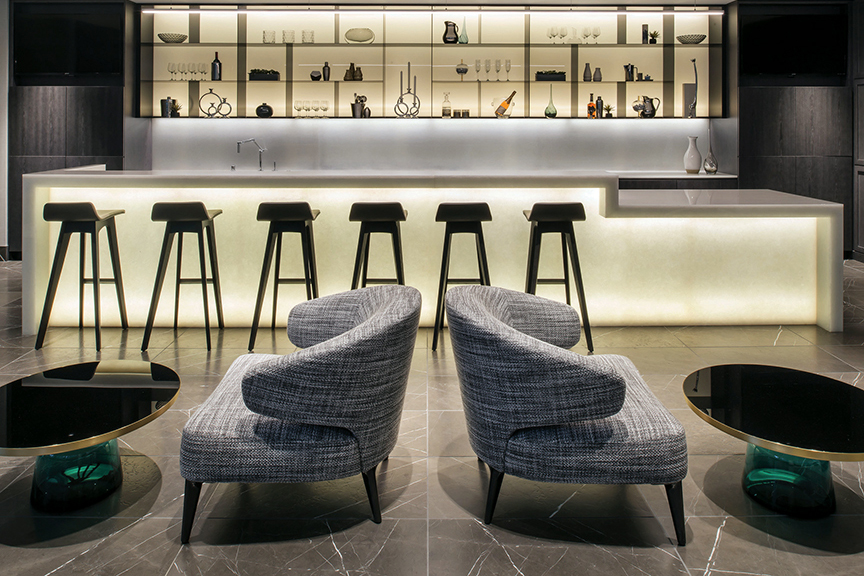
Photos courtesy of SteelBlue
The traditional clubhouse and amenity center remain a mainstay, but the design is more intentional, so the building itself creates places and opportunities for residents to connect. “It has to have a social dynamic. People are clamoring for stuff where they can socialize and engage,” says Adams.
Along with extensive workout spaces and a gym, large demonstration kitchens, private dining rooms, often a restaurant, bar and coffee shop are part of the picture today. Even the traditional information center is evolving from a place to make a pitch to a place to engage, as more new communities incorporate a coffee shop, some with a barista, in lieu of the traditional sales office. And cafes in general are part and parcel of new community designs offering informal places to hang out or just grab a latte.
In urban centers, new large projects, such as Hyde Park Midtown in Miami and Lumina in San Francisco, increasingly appear as an iteration of the master planned concept. Here, the amenity wars are definitely on. Comparisons from building to building and project to project often are made, but still, Ben Hutchens, a landscape architect and vice president with Miami design firm ArquitectonicaGEO, says, “It’s not just about the initial sale; it’s got to have long term value.” What designers are trying to create, he says, “are spaces that bring people together and encourage socializing in a variety of programs, and they are scaled to meet the needs of different demographics in one living space.”
Along with the expected pools and spa, outdoor amenities for condos also might include putting greens, gardens, outdoor living rooms, outdoor kitchens, food and herb gardens. Even ice skating rinks are not uncommon in Florida. On the rise, too, are old school favorites like bocce ball. And typically, they complement a more extensive suite of shared spaces inside the building.
A comment Adams hears quite often from consumers is: “Look, I understand the actual house I am living in, but if you create community-based amenities, you’ve got my attention. This is the kind of stuff that makes me feel good about why I am living here.”
It’s rare to see a new community today without a well-developed trail system for walking, jogging and biking. According to research from John Burns Consulting and also RCLCO Real Estate Advisors, trails, paved and unpaved, are the top amenity in new communities. Not only does this align with consumer preferences, but it’s also evidence of the new cost versus value proposition. Golf courses are costlier to build and maintain. Typically, today’s MPCs occupy a smaller land area than those created in the ’60s and ’70s. Plus, McMahon points out, millennials show little inclination toward golf because of the cost and time factors.
Parks and trails also reflect a growing focus on wellness. “We are seeing trends toward healthy living that can be anything, from fitness to bike trails to parks and paths,” says Kelly Mangold, vice president of RCLCO.
Creating connections also extends to park design. Newland’s newest communities include amenities geared toward specific age groups — teens, children and adults. Teens might have a skateboard park and even walls for graffiti, while kids might pedal on a tot-sized version of the skate park.
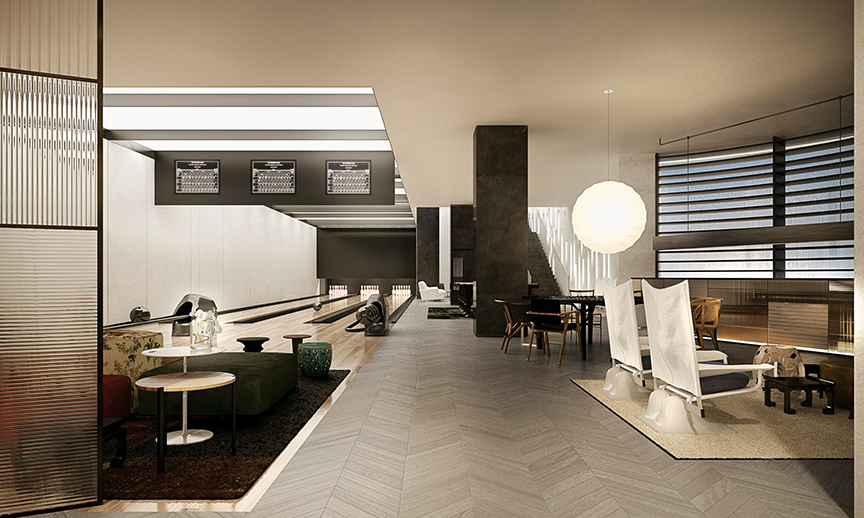
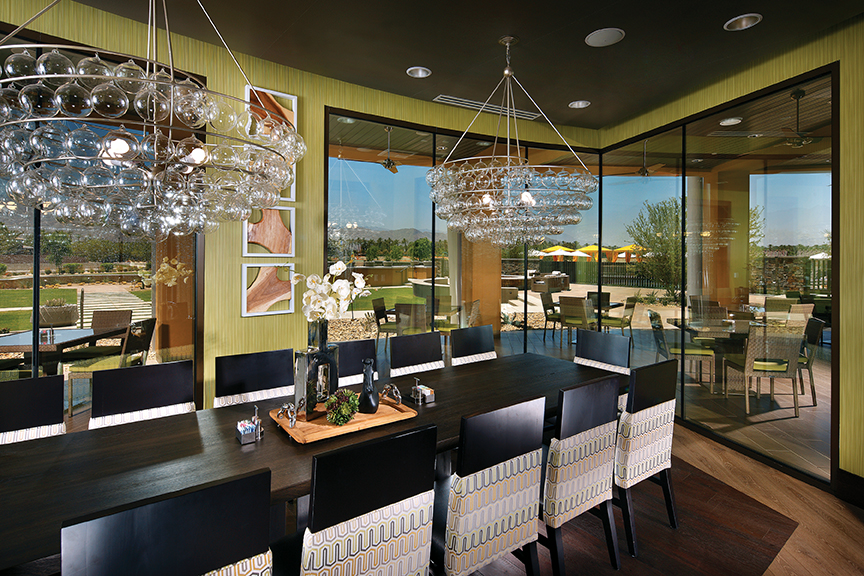
Photos courtesy of AG Photography and Bushnell Photography

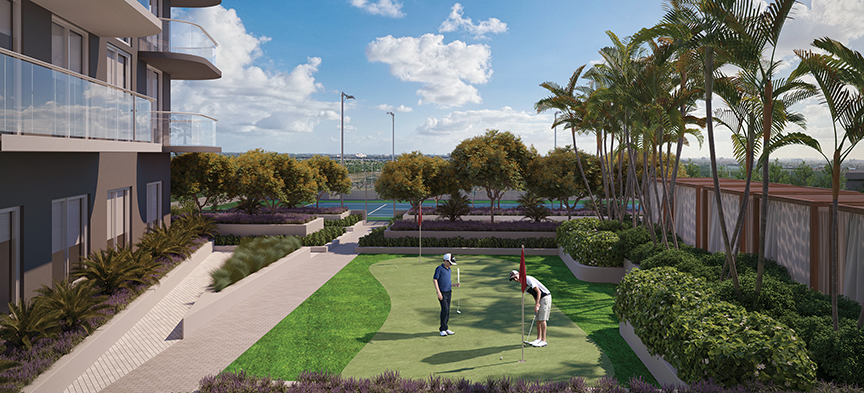
Photos courtesy of Tom Lussier and The Related Group
Connecting with the land continues to be important, and green space in all shapes and forms is desired. Some communities keep as much as half their acreage (or more) as open space. Some, such as Willowsford in Virginia or Palmetto Bluff in South Carolina, also have a conservancy to manage the land. This removes the burden on homeowners but also engages the broader community.
Willowsford has about half its land — 2,000 acres — preserved as open space, and even designates areas for camping with pads for tenting and firewood included. Also, part of the conservancy is a 300-acre farm. And here, as in other communities, just having a farm is only the beginning of connections being forged with the land. Classes in gardening, farm programs and pop-up events for kids and adults spark engagement. Everywhere, urban or rural, gardens are part of the landscape.
McMahon says the highest grossing real estate in the U.S. is in urban food markets. So, it’s no surprise cooking is becoming an important touchstone for communities. Farms and gardens allow adults and children to participate in every stage of farm-to-table. Cooking classes for adults and also for children are no longer an exception, along with showcase kitchens and visits by notable chefs.
The MPC story would not be complete without a mention of sustainability and technology. It’s not uncommon for a community to have its own story of sustainability, as does Serenbe, a new community outside of Atlanta, where preservation of the land was a founding goal. Sustainability is part of the vision here, as is wellness. The community includes a 25-acre organic farm and the focus for one hamlet was wellness. Newland’s commitment to green and sustainable development has been recognized by Green Builder Magazine.
Also moving quickly from “wow” to “it better be there” is technology, and Jones says consumers are beginning to expect WiFi in public spaces. More often than not, those public areas include some type of retail space and a town center.
Lastly, another big change in planned communities, according to McMahon, is the way they are composed, and today’s mix of demographics is considered a desirable attribute. “Many master planned communities initially were mixed use in the large sense but not at the fine grain scale,” he says. Today, in addition to or instead of neighborhoods clustered by price or property type, there is a mix of properties sometimes on the same block, and with residential above retail.
Another change is in age-restricted communities. Rather than being an island unto themselves, they increasingly are part of a larger community. They might be in a separate neighborhood with its own amenities, but those residents are also part of a larger community and enjoy a broader range of amenities, and – most importantly — engagement with the community. “That hybrid allows for interaction,” and brings age and income diversity, adds Jones. “That old model of a retirement community 20 miles outside the city is not what folks are looking for.”
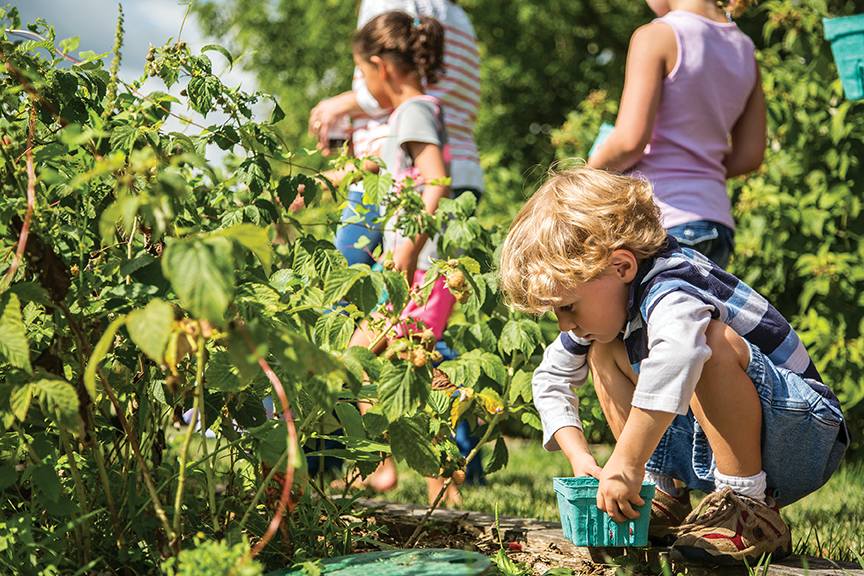
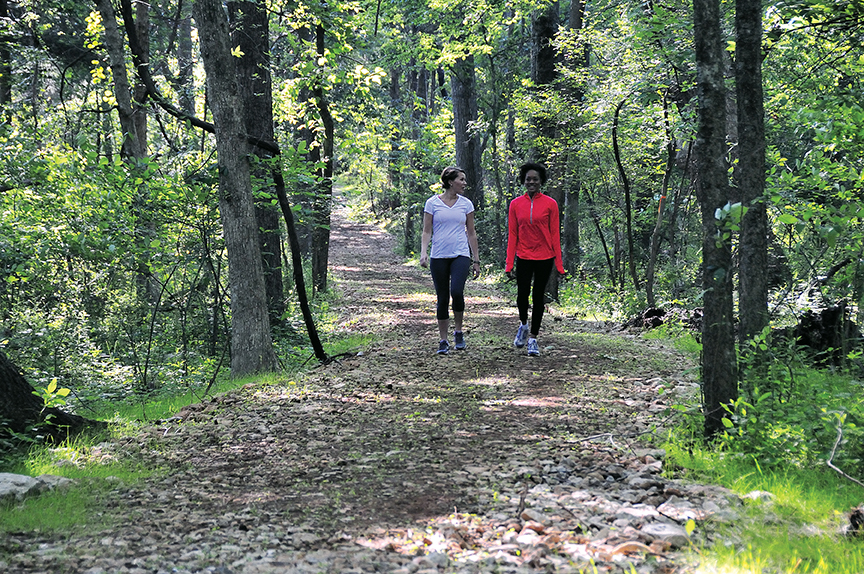
Photos courtesy of Tom Lussier



Leave a Reply